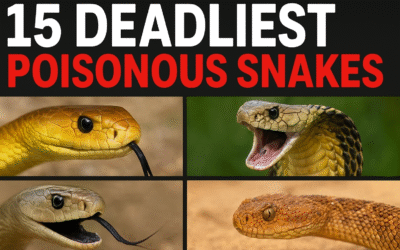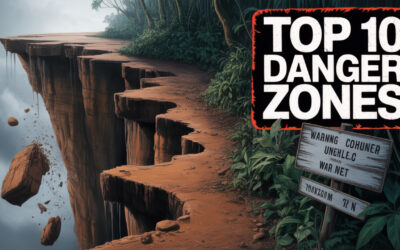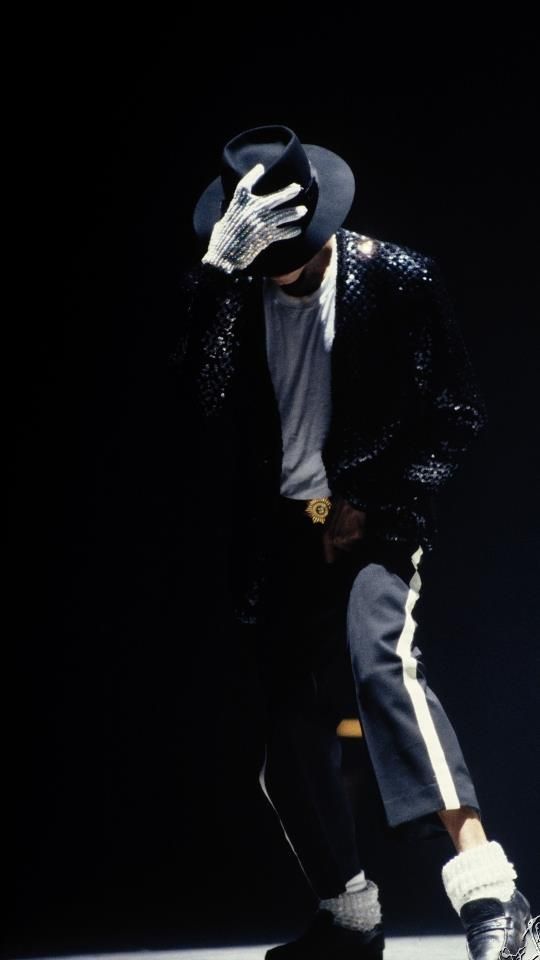15 Deadliest Poisons Snakes in the World: Facts That Will Leave You Amazed!
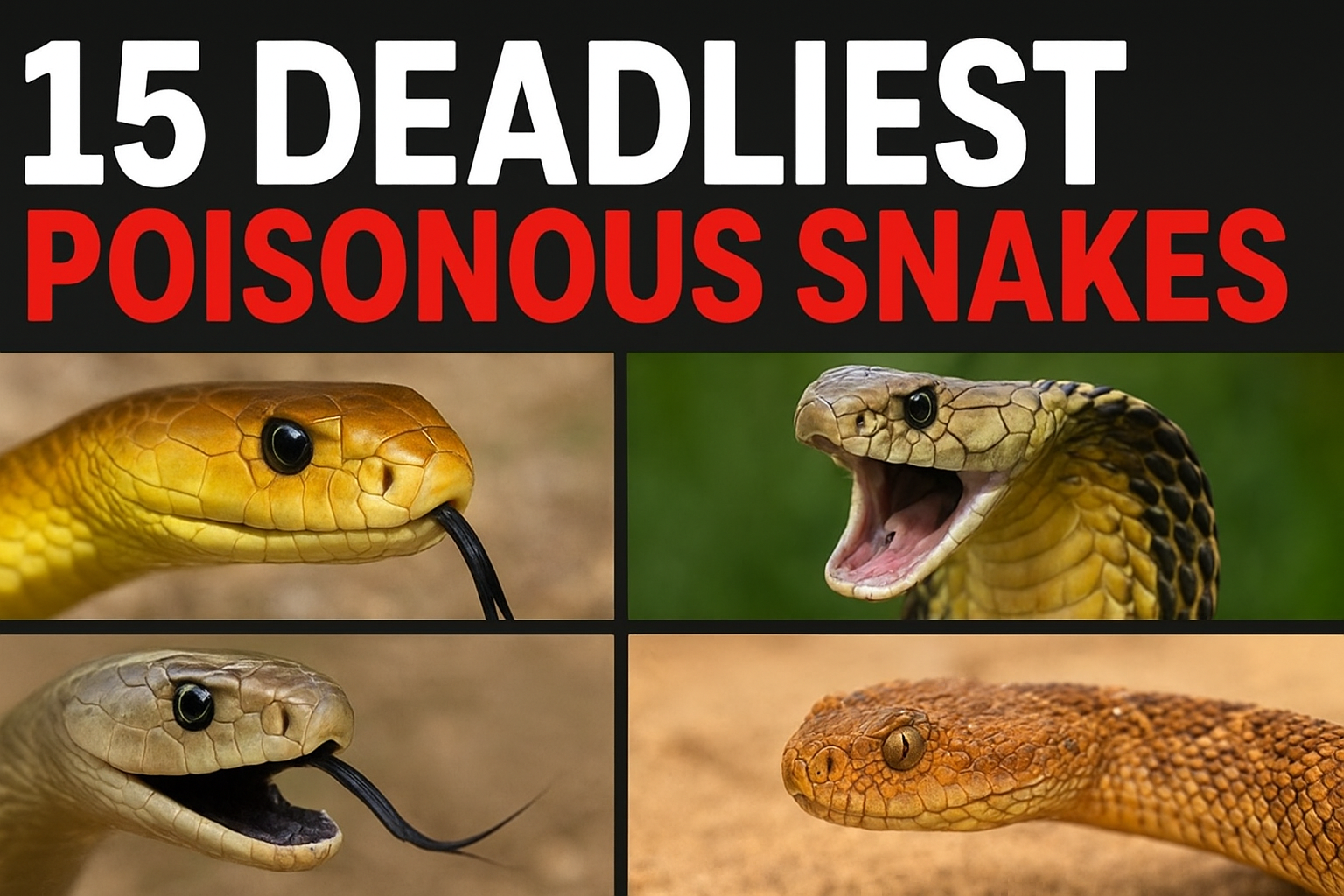
Snakes are among the most fascinating creatures in the animal kingdom. While many are harmless, a select few have evolved venom so potent that even a single bite can kill humans or large animals within hours. These venomous snakes are not just dangerous—they are marvels of evolution, with unique hunting strategies, striking appearances, and adaptations that make them both terrifying and fascinating.
In this blog, we’ll explore the 15 most poisonous snakes in the world, diving into their habitats, behaviors, and incredible facts that make them stand out.
1. Inland Taipan (Fierce Snake) – Nature’s Silent Assassin
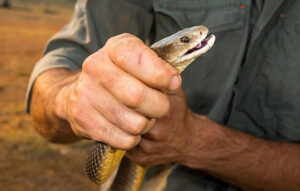
The Inland Taipan of Australia is the most venomous snake on Earth. Its venom is 50 times more toxic than that of a cobra, and one bite contains enough venom to kill more than 100 people. Fortunately, this snake is shy and rarely seen in the wild.
Interesting Fact: Despite its deadly venom, the Inland Taipan is gentle and avoids confrontation. Snake handlers often say it is surprisingly calm compared to other venomous species.
2. Eastern Brown Snake – Australia’s Hidden Threat
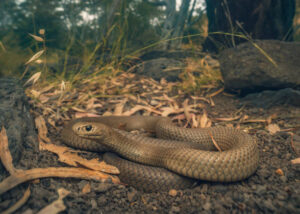
The Eastern Brown Snake is responsible for most snakebite deaths in Australia. It thrives in populated areas, making encounters with humans more likely. Its venom affects the circulatory system, leading to cardiac arrest and paralysis.
Interesting Fact: This snake is lightning fast and can even chase humans when threatened, making it one of the most feared snakes in Australia.
3. Coastal Taipan – The Lightning Striker
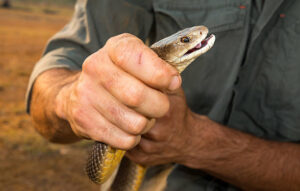
Found in northern and eastern Australia and Papua New Guinea, the Coastal Taipan is both large and deadly. Its venom contains neurotoxins that attack the nervous system and blood-clotting agents that can cause internal bleeding.
Interesting Fact: The Coastal Taipan is renowned for its lightning-fast strikes and can bite multiple times within seconds, delivering a fatal dose of venom in each strike.
4. King Cobra – The Snake King
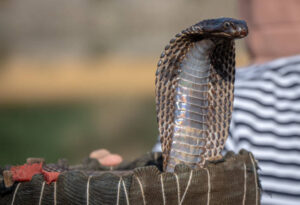
The King Cobra is the world’s longest venomous snake, growing up to 18 feet. It primarily preys on other snakes, including venomous ones. Its venom can kill an elephant or 20 humans with a single bite.
Interesting Fact: Unlike other snakes, the King Cobra shows parental care—it builds a nest for its eggs and guards them fiercely until they hatch.
5. Black Mamba – Africa’s Fastest Death
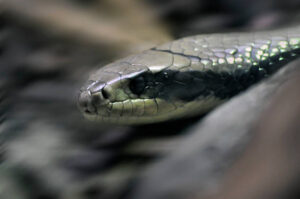
Contrary to its common name, the black mamba is not actually black. It takes its name from the interior of the snake’s mouth, which is inky-black in color. It is a large, round-bodied, slender snake, with a progressively tapering tail, and is of markedly stockier build than its close relatives. The head is often said to be “coffin-shaped”
The venom of the black mamba is highly toxic, potentially causing collapse in humans within 45 minutes or less from a single bite. Without effective antivenom therapy, death typically occurs in 7–15 hours. The venom is chiefly neurotoxic. The black mamba is capable of striking at considerable range and occasionally may deliver a series of bites in rapid succession. Despite its reputation for being highly aggressive, it usually attempts to flee from humans unless threatened or cornered.
The Black Mamba is Africa’s most feared snake. It’s the fastest snake in the world, moving at 12 miles per hour, and its venom can kill within 20 minutes if untreated.
Interesting Fact: Despite its name, the Black Mamba is not actually black. Its scales are brown or gray, but the inside of its mouth is pitch black, which it reveals when threatened.
6. Tiger Snake – The Striped Danger
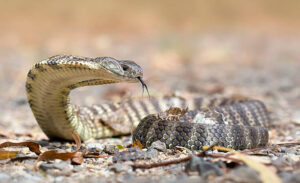
Native to southern Australia, the Tiger Snake gets its name from its distinctive banded stripes. Its venom contains neurotoxins and blood-clotting agents that can kill a person within 30 minutes.
Interesting Fact: Unlike most snakes, Tiger Snakes give live birth instead of laying eggs, a rare trait in reptiles.
7. Russell’s Viper – Asia’s Fatal Bite
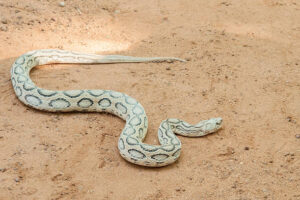
The Russell’s Viper is one of the most dangerous snakes in Asia, responsible for thousands of deaths every year in India, Sri Lanka, and Southeast Asia. Its venom destroys tissue and causes organ failure.
Interesting Fact: This snake makes a loud hissing sound similar to a pressure cooker, often warning humans before striking.
8. Saw-Scaled Viper – The Tiny Terror
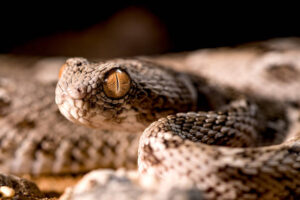
Though small in size, the Saw-Scaled Viper is considered one of the world’s most dangerous snakes. It kills more people annually than any other species due to its wide distribution across India, the Middle East, and Africa.
Interesting Fact: It rubs its scales together to create a rasping sound, a warning sign before an attack—like a living alarm system.
9. Philippine Cobra – The Venom Spitter
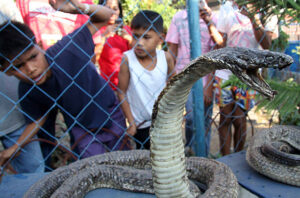
The Philippine Cobra has venom that directly affects the nervous system, leading to respiratory failure. What makes it unique is its ability to spit venom with pinpoint accuracy up to 10 feet.
Interesting Fact: The venom of the Philippine Cobra is considered one of the most potent of all cobras, capable of killing within 30 minutes.
10. Boomslang – The Bleeding Tree Snake
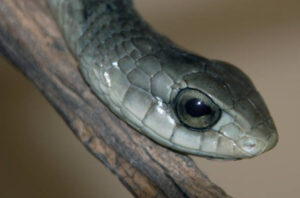
The Boomslang, found in sub-Saharan Africa, is an arboreal snake that lives in trees. Its venom prevents blood from clotting, causing fatal internal bleeding.
Interesting Fact: The Boomslang has unusually large eyes and excellent vision, allowing it to hunt birds and lizards with deadly accuracy.
11. Belcher’s Sea Snake – The Ocean’s Silent Predator
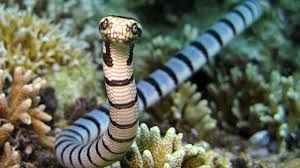
The Belcher’s Sea Snake, found in the Indian Ocean and Southeast Asia, is the most venomous sea snake in the world. Luckily, it is generally non-aggressive and rarely bites humans.
Interesting Fact: Despite being incredibly venomous, it is docile and often caught by fishermen in nets without incident.
12. Blue Krait – The Silent Night Killer
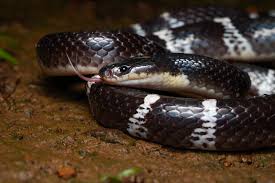
The Blue Krait, native to Southeast Asia, is one of the most venomous snakes in the world. Its venom is 16 times more toxic than a cobra’s and can cause paralysis and death.
Interesting Fact: The Blue Krait is nocturnal, meaning most of its attacks on humans occur at night, often when victims are asleep.
13. Fer-de-Lance – The Pit Viper of Death
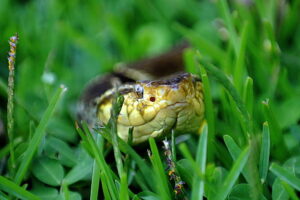
The Fer-de-Lance is responsible for most snakebite cases in Central and South America. Its venom causes tissue destruction, internal bleeding, and can lead to amputations.
Interesting Fact: This snake is highly aggressive and often found near farmland, earning it the nickname “the ultimate pit viper.”
14. Western Diamondback Rattlesnake – The Rattler of the West
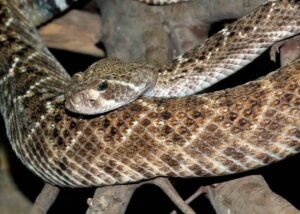
Found in the southwestern U.S. and Mexico, the Western Diamondback is famous for the rattling sound it makes with its tail as a warning. Its venom destroys tissue and causes massive blood loss.
Interesting Fact: It plays a key role in controlling rodent populations but is also the leading cause of snakebites in the United States.
15. Desert Horned Viper – The Sand Warrior
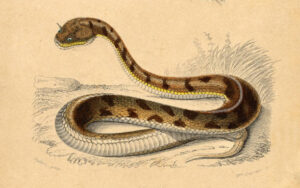
The Desert Horned Viper is easily recognized by its horn-like scales above its eyes. Found in North Africa and the Middle East, it uses ambush tactics to catch prey.
Interesting Fact: It uses a unique movement called sidewinding, gliding across hot desert sand with minimal contact, making it extremely fast and efficient.
Why These Deadly Snakes Matter
Though they are feared for their venom, these snakes play an essential role in the ecosystem. They control rodent populations, protect crops, and maintain balance in the food chain. Moreover, scientists study snake venom for medical research, developing treatments for heart disease, stroke, and even cancer.
Safety Tips for Snake-Prone Areas
-
Always wear boots and long pants when trekking.
-
Carry a flashlight at night in snake habitats.
-
Stay calm and move away slowly if you see a snake.
-
Seek immediate medical attention if bitten—every second matters.
Final Thoughts
From the lightning-fast Black Mamba to the secretive Inland Taipan, the world’s deadliest snakes are a reminder of nature’s raw power and complexity. While they inspire fear, they are also creatures of beauty and importance in maintaining our planet’s delicate balance.
Respecting these reptiles means appreciating their role in nature—while keeping a safe distance!
